A garage door opener is an essential convenience in modern homes. But sometimes, it stops functioning, leaving you frustrated. Learning how to reengage a garage door opener can save time, effort, and repair costs. This guide will walk you through simple steps to restore your opener efficiently.
Understanding Garage Door Openers
Garage door openers are mechanical devices that allow automatic door movement. They use motors, sensors, and remote controls to operate. Knowing their components helps you troubleshoot issues quickly.
Signs Your Garage Door Opener Needs Reconnection
A garage door opener may fail due to several reasons. Common signs include slow response, unusual noises, or complete inoperability. Recognizing these signs ensures timely action.
Why Your Garage Door Opener Stops Working
Your opener might stop working because of power outages, worn-out parts, or sensor misalignment. Addressing these problems promptly prevents further damage. Understanding why your garage door opener not working is key to fixing it.
Safety First: Precautions Before Reengaging
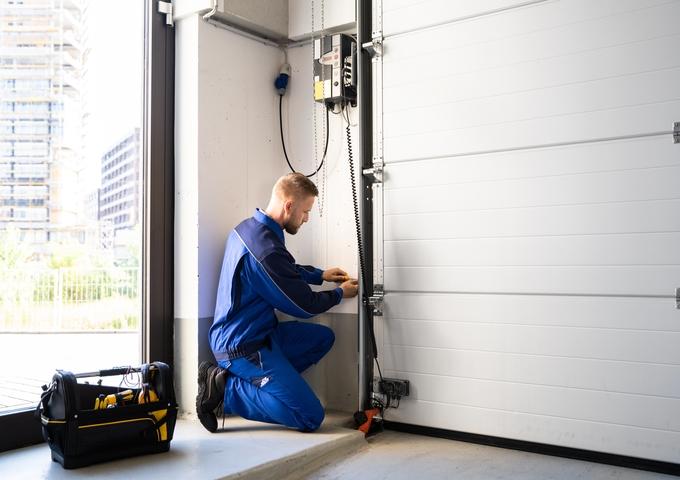
Before attempting any fixes, ensure the power is off. Keep your hands clear of moving parts and avoid forcing the door. Safety is crucial when learning how to reconnect a garage door opener.
Tools You’ll Need
A few basic tools make the process easier:
- Screwdriver
- Pliers
- Ladder
- Flashlight
Having these ready simplifies how to reengage a garage door opener safely.
Step 1: Locate the Emergency Release
Most garage door openers have a red cord for emergency release. Pulling it disengages the door from the motor. This step is essential for how to reconnect garage door opener systems.
Step 2: Check the Door Manually
After releasing the door, lift it manually. If it moves smoothly, the problem likely lies in the opener. Manual testing helps diagnose why your garage door opener not working.
Step 3: Inspect the Tracks and Rollers
Debris or damage in tracks and rollers can prevent proper movement. Clean and lubricate them to facilitate how to reengage a garage door opener effectively.
Step 4: Reengage the Opener
Pull the emergency release cord toward the door to reengage. Make sure the door locks into the trolley properly. This method demonstrates the core process of how to reconnect garage door opener mechanisms.
Step 5: Test the Remote and Wall Controls
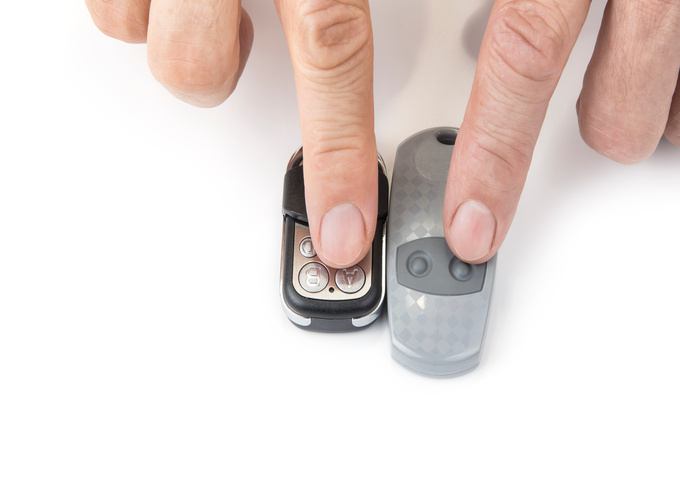
Check if the remote or wall switch operates the door. Replace batteries if needed. Functional controls confirm successful how to reengage a garage door opener.
Step 6: Adjust the Limit Settings
Garage door openers have limit switches controlling door travel. Improper settings can cause malfunction. Adjusting limits ensures your garage door opener not working issue is resolved.
Step 7: Inspect the Safety Sensors
Safety sensors prevent the door from closing on objects. Misalignment can stop operation. Realigning sensors is a critical step for how to reconnect garage door opener safely.
Step 8: Check the Power Supply
Sometimes, the issue is as simple as a disconnected plug or tripped breaker. Confirm the opener is receiving power to troubleshoot how to reengage a garage door opener efficiently.
Step 9: Replace Worn-Out Parts
Worn chains, belts, or gears can hinder performance. Replace damaged components to maintain smooth operation. This ensures that your garage door opener not working problem is permanently fixed.
Step 10: Routine Maintenance Tips

Regular maintenance prolongs opener life. Lubricate moving parts, tighten loose bolts, and test sensors periodically. These tips help avoid frequent troubleshooting for how to reconnect garage door opener.
Troubleshooting Common Issues
Even after reengaging, minor issues can occur. Remote not responding, door jerking, or unusual sounds are common. Addressing them promptly keeps your garage door opener not working problems at bay.
When to Call a Professional
If your attempts fail, contact a professional. Complex electrical or mechanical issues require expert attention. Knowing how to reengage a garage door opener helps you communicate problems effectively with technicians.
Benefits of Properly Reengaging Your Opener
Reengaging your garage door opener improves security, convenience, and efficiency. Proper operation prevents accidents and extends the lifespan of your system.
FAQs
- How do I know if my garage door opener needs reengaging?
Look for signs like unresponsiveness, unusual noises, or partial movement. - Can I reengage my garage door opener without tools?
Yes, but having basic tools makes the process safer and more efficient. - Why is my garage door opener not working after power restoration?
It could be due to misaligned sensors, limit settings, or worn-out parts. - How often should I maintain my garage door opener?
Routine maintenance every 6–12 months is recommended. - Is it safe to reengage a garage door opener manually?
Yes, if you follow safety precautions and avoid forcing the door.


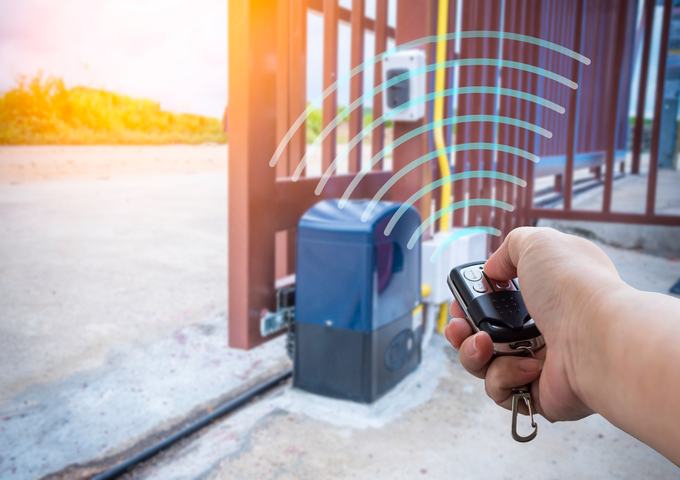



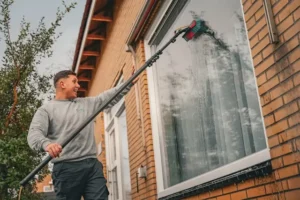


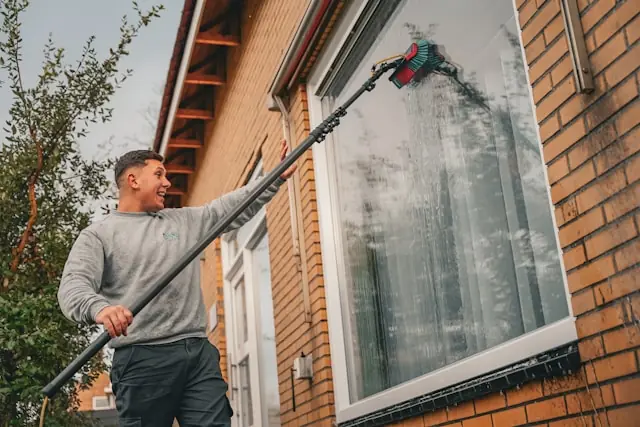



Leave a comment